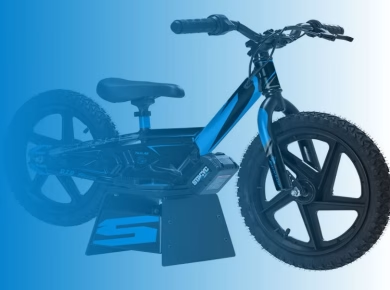Navigating the aftermath of wisdom tooth extraction can feel like an uphill battle, especially when food finds its way into those awkward hollows left behind. It’s a common struggle, one that can elicit everything from mild annoyance to genuine distress. After my own experience with wisdom teeth removal, I learned firsthand how important it is to maintain oral hygiene while managing discomfort and avoiding pesky food particles that seem to have a magnetic attraction to the extraction sites. Here’s what I discovered through trial and error, along with some practical tips for keeping your mouth clean and comfortable during recovery.
Understanding the Challenges
The immediate aftermath of wisdom tooth surgery comes with a cocktail of discomfort, swelling, and an overwhelming need to avoid anything that might complicate healing. The holes left from extracted teeth can easily trap food, leading to irritation and even infection if not properly managed. Understanding why this happens can help you better navigate the process.
The Anatomy of the Hole
The empty socket where your tooth once resided is not just a simple pit; it’s a complex area that can trap food particles and bacteria. This is especially true in the first few days after surgery when the tissue is still healing and the blood clot that forms is crucial for recovery. The challenge lies in balancing the need to eat and the necessity of keeping the extraction site clean.
Practical Tips for Food Management
During the healing process, it’s essential to be strategic about what you eat and how you clean your mouth. Here are some effective methods I’ve found to help manage food in wisdom tooth holes.
Opt for Soft Foods
In the first few days post-extraction, stick to a diet rich in soft foods. Think mashed potatoes, yogurt, smoothies, and soups. These options are not only gentle on your healing gums but also less likely to get stuck in the extraction site. Avoid hard, crunchy, or sticky foods that could exacerbate discomfort or lodge themselves where they shouldn’t be.
Use a Syringe for Rinsing
Once your dentist gives you the green light, using a syringe to gently irrigate the extraction site can be a game-changer. Fill a syringe with warm saltwater or a prescribed rinse, and gently squirt it into the socket. This helps dislodge any trapped food particles without the harshness of vigorous swishing, which can disturb the healing process.
Maintaining Oral Hygiene
Keeping your mouth clean while managing the extraction sites is crucial. Here are some gentle but effective hygiene practices to incorporate into your routine.
Gentle Brushing Techniques
While you might feel tempted to avoid brushing entirely, maintaining oral hygiene is critical for preventing infection. Use a soft-bristled toothbrush and be extra gentle around the extraction sites. It’s okay to skip directly over the areas where your teeth were removed, but don’t neglect the rest of your mouth.
Saltwater Rinses
Saltwater rinses are a time-tested remedy for promoting healing and reducing inflammation. Starting a day or two after surgery, mix a teaspoon of salt in a glass of warm water and gently swish it in your mouth. This can help cleanse the area and reduce the likelihood of food becoming trapped, while also soothing irritation.
Recognizing Signs of Complications
As you navigate the healing process, being aware of potential complications is vital. If you notice persistent pain, swelling that worsens instead of improving, or a foul odor coming from the extraction site, it’s essential to consult your dentist promptly.
When to Seek Help
If you experience symptoms that suggest infection, such as fever or pus, don’t hesitate to reach out to your dental professional. They can provide appropriate treatment to address any issues before they escalate. Staying vigilant can save you from longer recovery times and additional discomfort.
Long-term Care and Maintenance
Once the initial healing period is over and the sockets have closed up, maintaining oral health is still paramount. Good dental hygiene practices will help ensure that your mouth remains clean and free from any lingering issues.
Regular Dental Checkups
Make it a point to schedule regular dental checkups, especially after undergoing surgery. Your dentist can monitor your overall oral health and address any concerns that may arise. Consistent care helps catch potential problems before they develop into significant issues.
Healthy Eating Habits
As you return to a more normal diet, continue prioritizing foods that promote oral health, such as crunchy fruits and vegetables that can help clean teeth as you chew. Staying hydrated and avoiding excessive sugar also supports your overall dental health and minimizes the risk of complications down the line.
Conclusion
The journey through wisdom tooth extraction can be daunting, but with the right strategies in place, managing food in the extraction holes doesn’t have to be a source of anxiety. By opting for soft foods, practicing gentle hygiene, and staying alert to signs of complications, you can navigate the healing process with confidence. Remember, every step you take to care for your mouth contributes to a smoother recovery and a healthier smile in the long run. Embrace the healing process, and give yourself the time and care you deserve!




